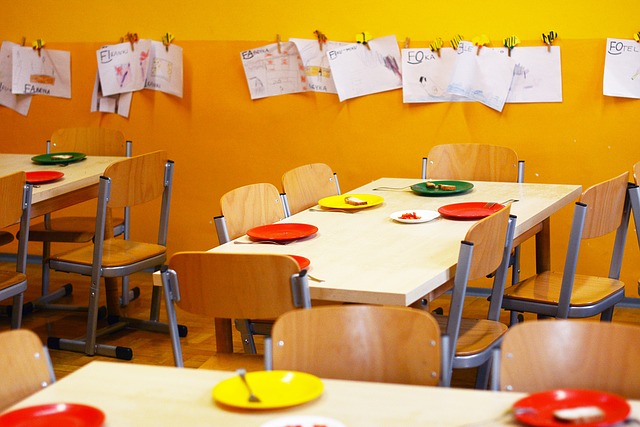Perfume is a mixture of fragrant essential oils and aroma compounds, fixatives and solvents used to give the human body, animal, objects and living spaces a pleasant scent.
But what exactly is a perfume?
Let’s take this in two parts, first we’ll talk about what goes into a perfume, and then we’ll see what effect it has on us.
What women put on is called a perfume, while men put on fragrance. What’s the difference? Well, perfumes are mixtures of many chemicals called notes, while fragrances are much simpler.
The chemicals used in a perfume or fragrance are called essentials oils (better known as essence). All of these can evaporate very quickly when left open, and are generally gotten from leaves or flowers of plants. For example, limonene is an essential oil that comes from lemon leaves and gives the familiar “lemon smell”.
A Brief History Of Perfume
Perfumes have been known to exist in some of the earliest human civilizations either through ancient texts of from archaeological digs. Modern perfumery began in the late 19th century with the commercial synthesis of aroma compounds such as vanillin or coumarin, which allow for the composition of perfumes with, smells previously unattainable solely from natural aromatics alone.
For as long as history has been recorded fragrances have been used for healing personal hygiene, allure, and religious ceremony.
When Was The First Perfume Made?

The first perfume was made approximately 5,000 years ago by high priest in Mesopotamia. Aromatic plants, spices or sweet smelling resins (tree saps) where burned to please the gods and to drive away illnesses. These ancient people learned the balsams and resins would release their aroma most intensely when heated. From this, comes the terms perfume that is derived from the latin terms “perfume” which means “through smoke”.
Where Can Perfume Be Used?
- The toilets/Bathroom
- The cars
- Wardrobe
- Clothes
What Do You Call A Person Who Makes Perfumes?
- Some one that makes perfume is called a perfumist
- An establishment or factory where perfumes are made is called perfumery
About Our Sense Of Smell (The Limbic System
When we breathe, small particles of fragrances are carried by the air into our nose and transported to the olfactory epithelium, a membrane that is located way up in the nasal cavity under our brain (olfactory) means relating to sense of smell.
The Path Of Smell
Fragrance and smells reach the olfactory epithelium (smelling membrane) and the smelling bulb. Message is passed on to other part of the brain, the limbic system controls our moods and feelings and also participates in a management of long term memory. This is the reasons that we can remember smells so well.
Learn how to make your own perfume here




